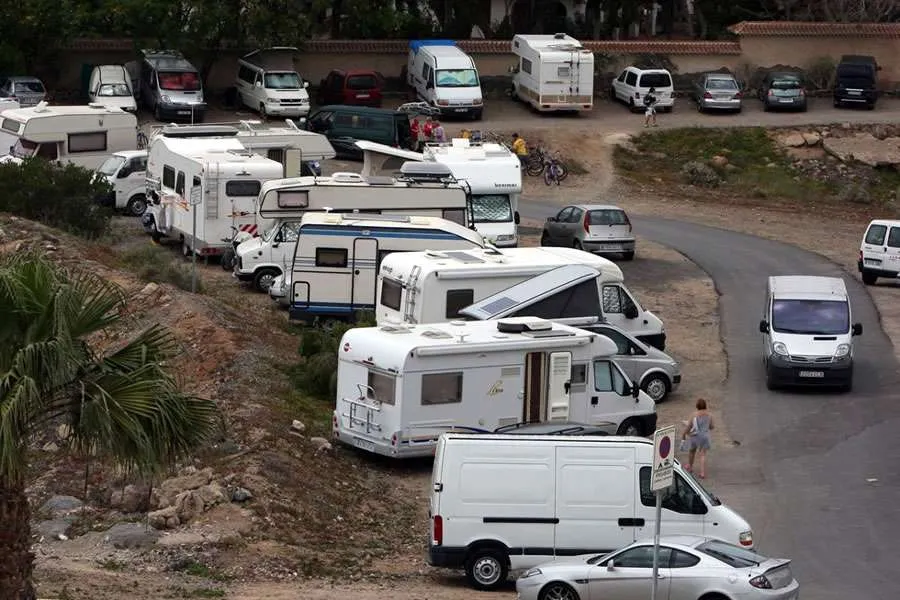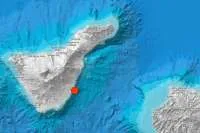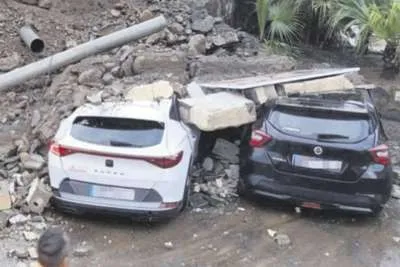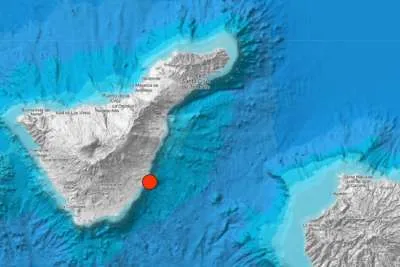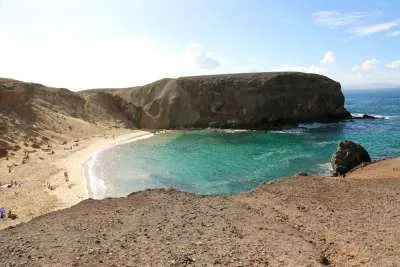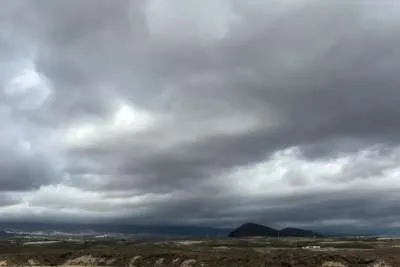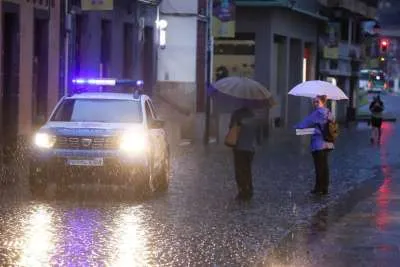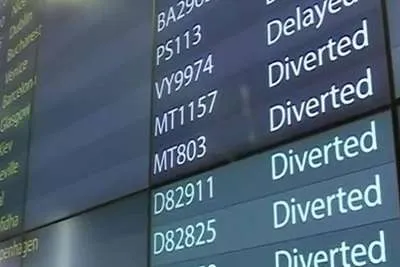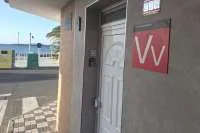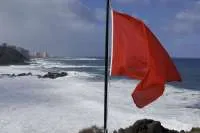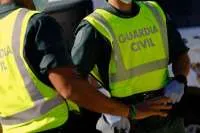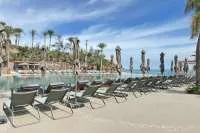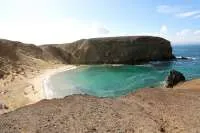The number of people living in ‘vehicle-homes’ has grown alarmingly in the last year
- 11-08-2025
- Tenerife
- Canarian Weekly
- Photo Credit: DA
Tenerife has an alarmingly growing number of people living in motorhomes, according to new figures from the Directorate General of Traffic (DGT). There are more than 5,000 “vehicle-homes” registered on the island, including motorhomes, caravans, and converted camper vans, a figure that exceeds the population of several smaller municipalities.
While these vehicles were once primarily associated with tourism, rising rents and the shortage of affordable housing, especially in the south of the island, have turned them into a permanent housing solution for many.
From Tourism to Necessity
In areas such as Los Cristianos, Playa de las Américas, and Guía de Isora, whole clusters of motorhomes have sprung up, with some described by residents as “informal settlements”.
Communities in El Rincón de Los Cristianos, La Graciosa, and Paloma Beach have raised complaints with Arona Council about public health concerns, derelict vehicles, and makeshift structures appearing along Avenida Ámsterdam, near El Callao beach, that the vans are occupied by local workers priced out of the rental market, and not tourists.
Similar situations can be seen, albeit on a smaller scale, in other coastal areas such as Arico, Puertito de Güímar, and along the Rambla de los Menceyes in Candelaria.
Parking vs Camping — and the Law
DGT regulations make a clear distinction between “parking” and “camping”. Camping, which includes having any object extending beyond the perimeter of the vehicle or when not all four wheels are on the ground, is prohibited outside authorised sites and can incur fines between €500 and €5,000.
In Tenerife, camping is only permitted in designated private or municipal facilities, such as Camping Nauta in Costa del Silencio, Punta del Hidalgo, the island-run site in Chío, or coastal areas provided by San Miguel de Abona, Los Silos, Garachico, and Buenavista del Norte.
Some private landowners allow camping during peak holiday periods like Easter or the summer months, but such spaces are limited and lack the facilities found in other European countries.
Rising Numbers Nationwide
Across Spain, the number of motorhomes has risen sharply. Almost 6,500 were registered in 2024, an increase of 22% on the previous year and close to the record set in 2019.
In Tenerife’s province, the DGT reports 1,998 registered motorhomes, most weighing 3,500 kg or less, plus 2,677 registered camper vans, 643 mixed-use vehicles adapted for living, 219 car-based camper conversions, and 426 caravan trailers.
There are also 84 vehicles available for hire without a driver, most of which are motorhomes or camper vans.
Tourism vs Full-Time Living
Juan Martín, president of ACAT (the Tenerife Motorhome Association), stresses the importance of distinguishing between those who use motorhomes for travel and those forced to live in them year-round. While acknowledging that some areas have become overcrowded, he argues that law-abiding motorhome owners with proper sanitation facilities are being unfairly targeted.
“Our members include professionals from all sectors, even police officers and civil guards, who know the road safety laws and local regulations,” Martín said. “Many spend over €50,000 on their motorhomes and contribute to the local economy wherever they stay. We just want councils to work with us, not against us.”
In February, more than 200 motorhome owners staged a protest drive from the south of Tenerife to the capital, highlighting their frustration with what they see as unfair treatment by some municipal authorities.
Other articles that may interest you...
Trending
Most Read Articles
Featured Videos
A Vision of Elvis Tenerife Promo
- 10-05-2025
Tenerife Travel Guide
- 13-12-2024
Live webcam from Lanzarote airport
- 13-12-2024


